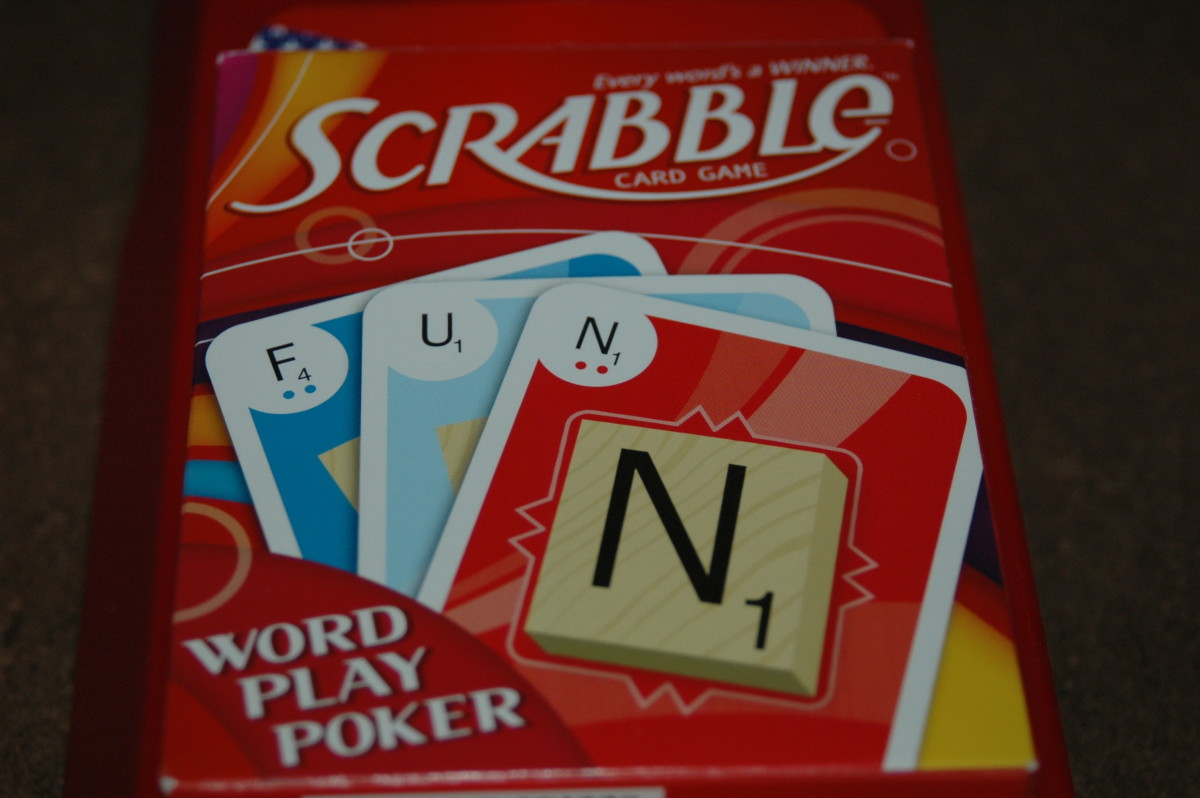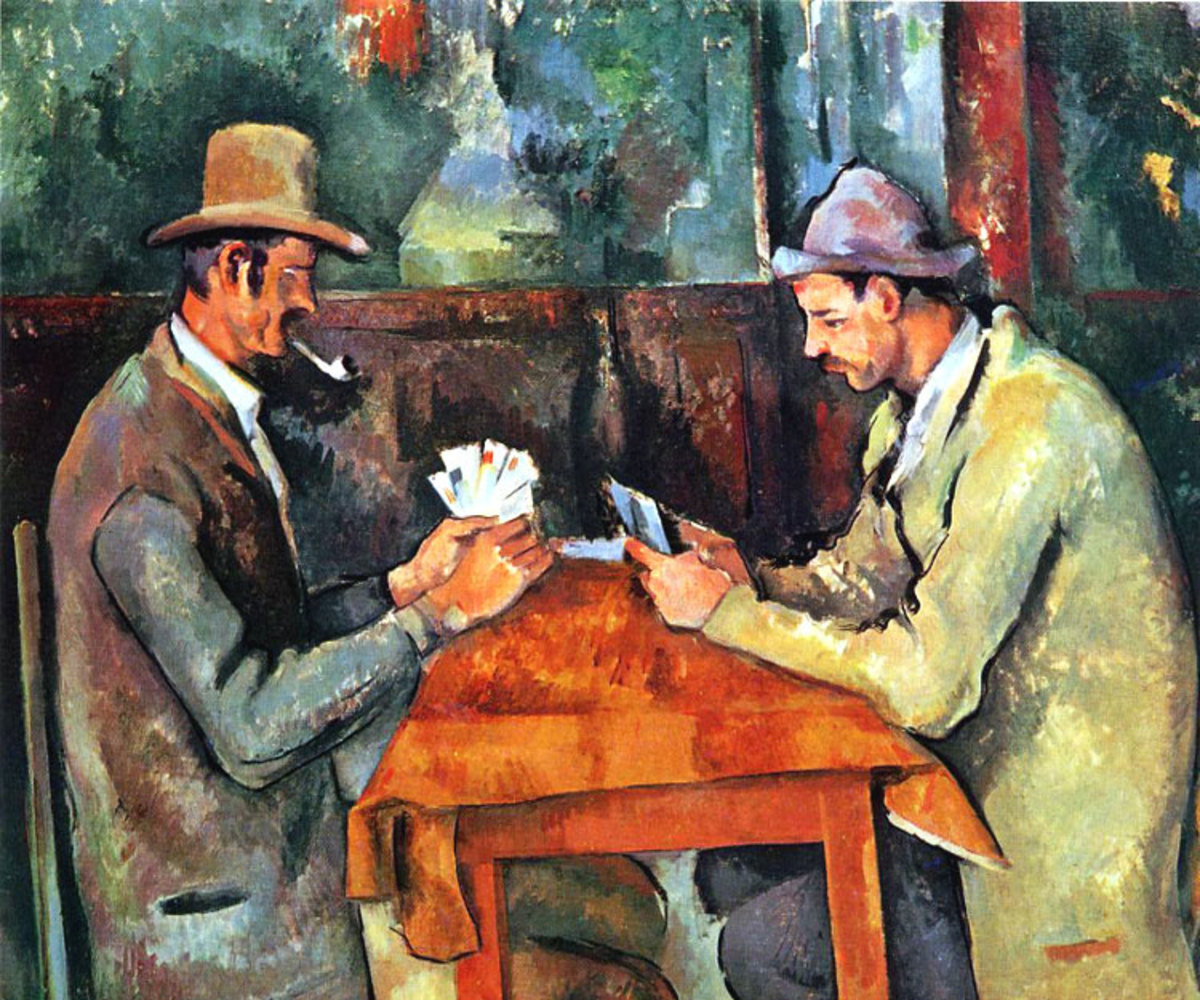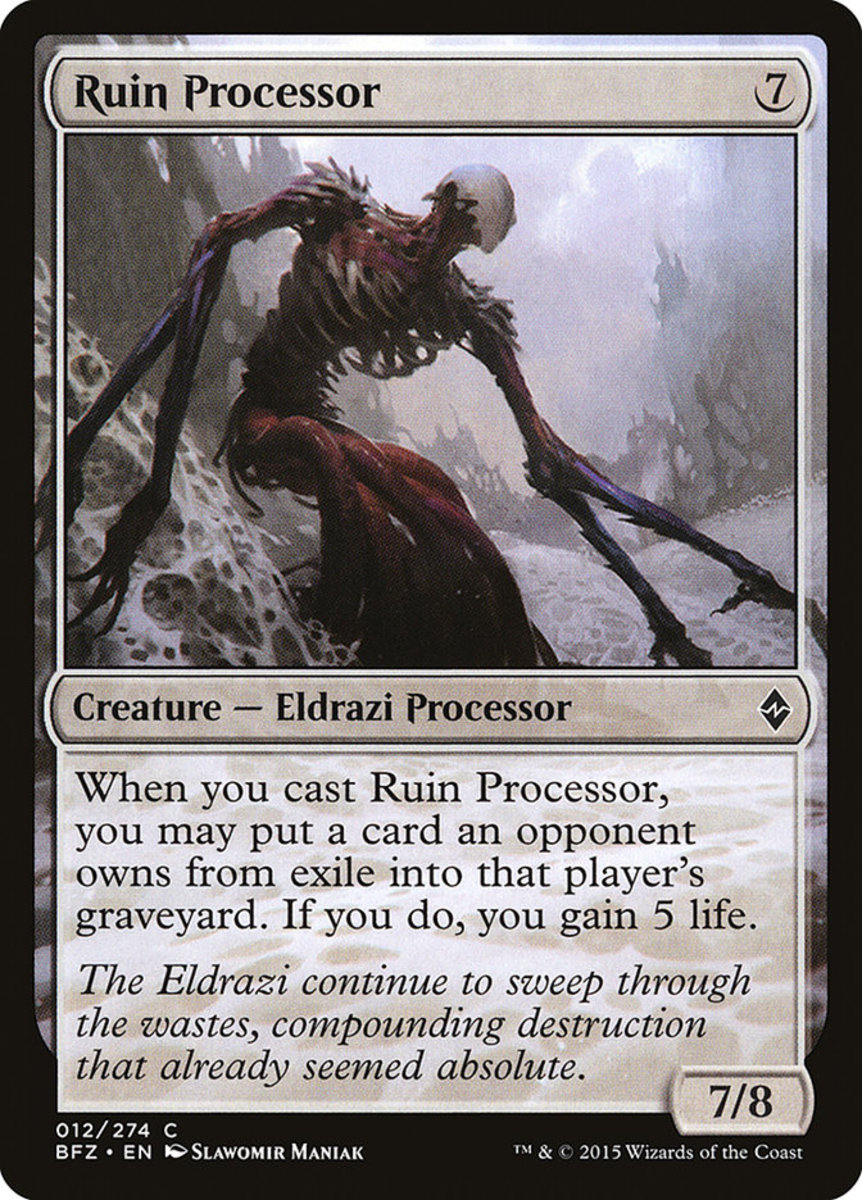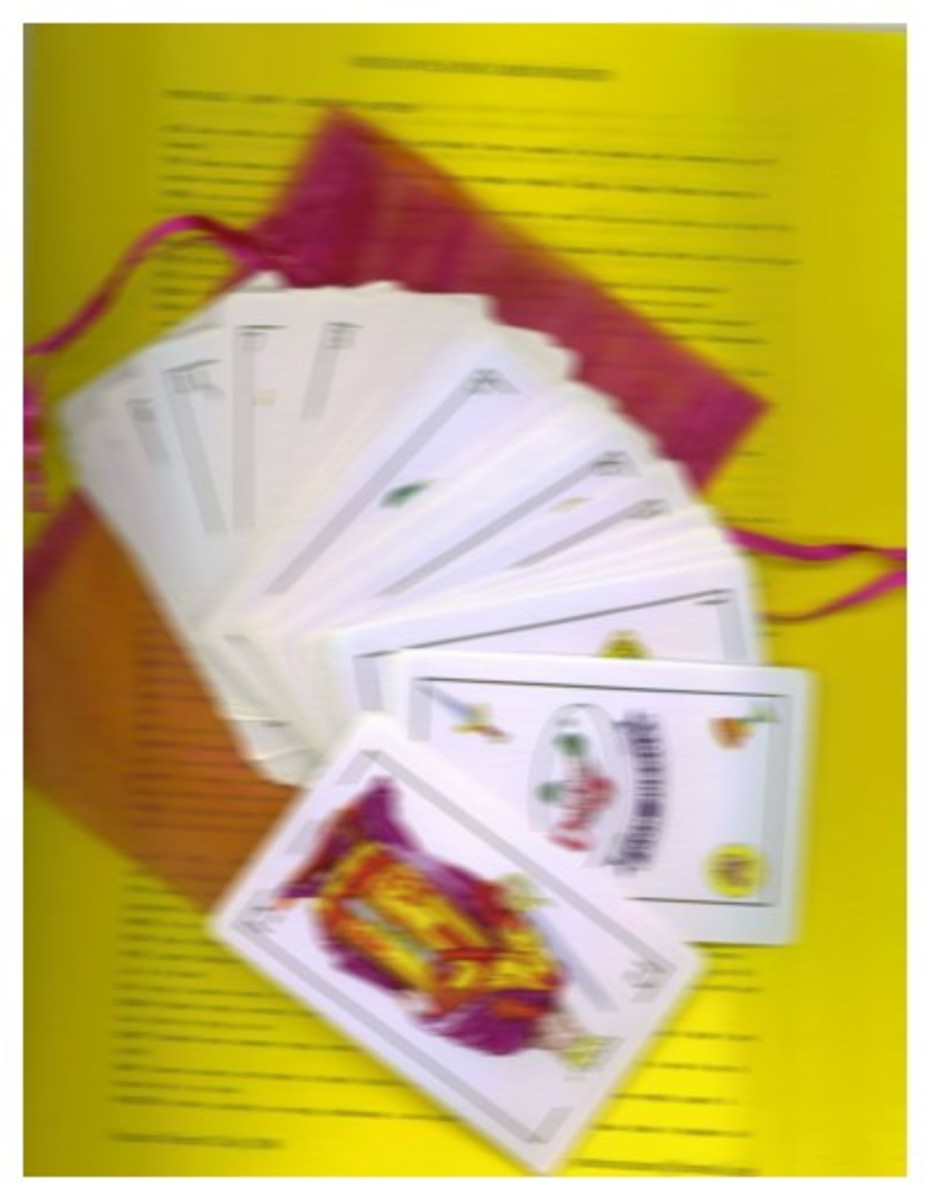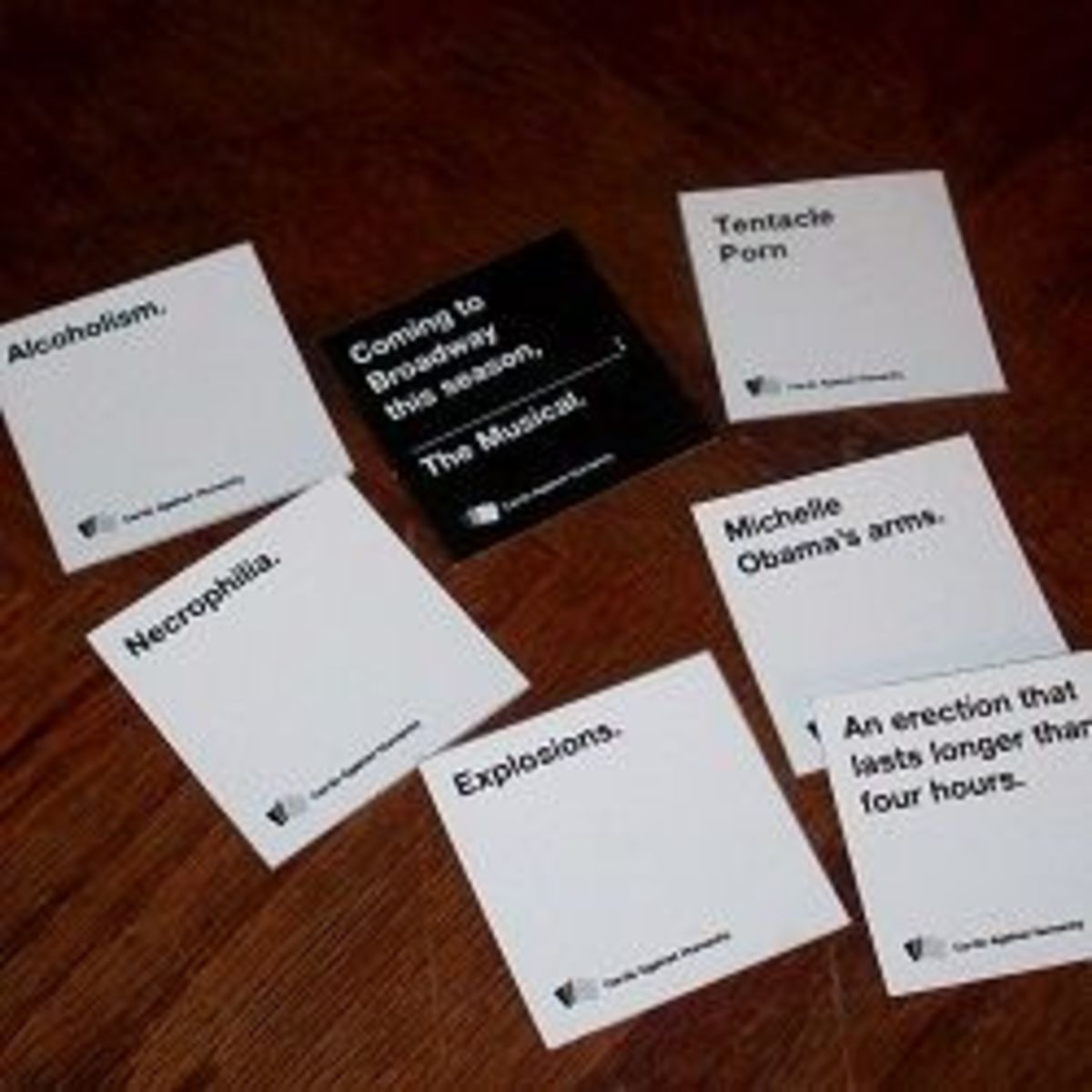Classic Family Card Games to Play With Your Kids
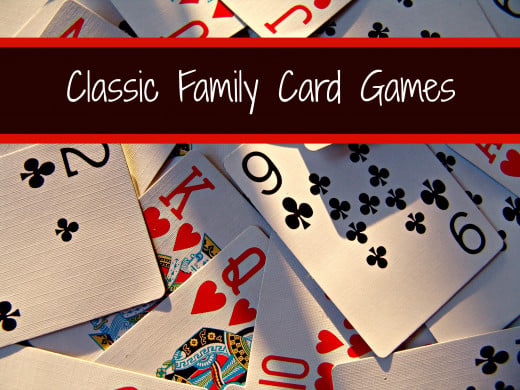
With computers, television, tablets and video games at our disposal we sometimes forget that simple non-technological things can still bring great joy. Take a deck of cards, for instance, it takes up limited space, but yet it can still provide hours of entertainment.
My little ones love sitting down as a family and playing the classic card games that I once played. So, dust off that old deck of cards, and then give them a quick shuffle. If you’ve forgotten the rules to the classics, I’ve provided them below for a few of the easiest family friendly card games.
War
Ages: 2 ½ and up
Players: 2
Cards: Use a standard deck of cards with jokers removed
Game Objective of War: The winner is the player who gets all the cards
This is a great game for even the youngest of card players. It’s simple, requires no strategy, and can even help toddlers begin to recognize numbers. At the same time family members of any age can enjoy a fun game of War.
To play War, shuffle the cards and distribute them equally between both players. Players hold their stack of cards face down in one hand. They use the other hand to flip over the top card in their deck. The player with the highest card takes both cards and places them on the bottom of their stack. Game play continues as players continue to flip over their cards in this fashion.
Variation to War
War can also be played with more than 2 players. The only change is that a war would occur when the two highest cards tie. The players with the two highest cards battle in the war in the way noted above. The winner of the war would take all the cards played in that round.
If the players flip over cards with the same value (for example, 2 Kings), a “war” ensues. When faced with a war, each player needs to deal the top three cards in their deck face down in front of them. They then place a fourth card face up. The player who plays the highest face up card gets all the cards that were played during the war.
Game play continues until one player gets all the cards.
Go Fish
Ages: 4 and up
Players: 2 - 5
Cards: Use a standard deck of cards with jokers removed
Game Objective of Go Fish: To collect the most pairs
The messy fishing pond in the middle makes Go Fish a hit with my kids. Although there may be some strategy involved, kids who can recognize number are able to play with ease.
Start by shuffling the cards and dealing 7 cards to each player if 2 people are playing. If 3 or more are playing each player should get 5 cards. The remaining cards can be scattered in the middle of all players to make a “fishing pond.”
Before play begins, players should sort their cards and put down any pairs they have in their hand on the table in front of them.
The player to the left of the dealer starts by asking another player if they have a certain rank of card that they already have in their hand. For example, “Krysanthe, do you have any sixes?”
- If Krysanthe has any sixes, she must give all of them to the asker who will then make a pair with what they already have in their hand. The player then gets to ask for another card.
- If Krysanthe does not have any sixes, she would reply by saying “go fish.” The asker than takes a card from the fishing pond and their turn is over.
Game play continues counterclockwise as each person gets a turn. If at any time a player runs out of cards in their hand, they take 5 more cards from the fishing pond. Once all the cards are gone from the fishing pond each player counts their pairs; the winner is the player who has made the most matches.
This game can also be played where players try to get four of a kind rather than pairs. This makes the game a bit more challenging, so it is perfect for families with older kids, but it makes it difficult if you have a 4 or 5 year old playing.
Little hands sometimes need card holders
Sequence
Ages: 3 and up
Players: 2 and up
Cards: Standard deck of cards with Jokers removed. You can also remove the face cards if playing with young children who don’t yet understand the rank of Jacks, Queens or Kings.
Game objective of Sequence: Be the first player to get rid of all your cards
This is a great game to help toddlers learn to recognize numbers and the sequence of numbers. Expect younger children to be somewhat slow in their play.
After shuffling the deck, deal out all the cards. Don’t worry if everyone gets the same amount, it will be close enough.
The youngest player starts by taking their lowest card and playing it in the center of the table. The player who has the next highest card in the suit plays it on top. Then the player who has the next highest card plays on top of that. Play continues in this manner until the Ace of the suit is reached. The person who played the Ace then gets to play the lowest card they have in their hand. This starts a new suit for players to build on.
The first player to get rid of all their cards wins.
Just for fun...introducing Bob the Cardtoon
Crazy 8's
Ages: 3 and up
Players: 2 – 6
Cards: Standard deck of cards with jokers removed for 2 – 4 players. For 5 or 6 players use two decks of cards
Game objective for Crazy 8’s: Be the first player to get rid of all your cards
If you like UNO, you’ll love Crazy 8’s since the two games are very similar in play style. It’s a lot of fun for all family members and it also is a great help in reinforcing number recognition in preschool aged children.
Before beginning, shuffle and deal 7 cards to each player. The cards remaining in the deck should be placed face down in the middle of all players. The top card of should then be flipped over next to the stack.
The player to the left of the dealer goes first by playing a card that either matches the rank or the suit of the card that was flipped over from the deck. If the player cannot play, they draw cards from the deck until they can play. For example, if the card was a 7 of clubs, the player can either play a seven or a club card. If the player does not have a 7 or a club they would continue to draw cards until they either get a 7 or a club.
OR an eight…
In this game 8’s are wild. Players can use them to change the suit of the card currently on top. When a player uses an 8 they must call out the suit they want to use. Then the next player must play a card in that suit.
If the deck in the center runs out, remove the top card for continued play. Then shuffle the rest of the cards and use them as the deck.
The player who runs out of cards first is the winner.
Which game do you remember playing the most as a kid?
Old Maid
Ages: 3 and up
Players: 2 - 6
Cards: A standard deck of cards with one joker left in the deck. The joker is the “Old Maid”
Game objective for Old Maid: Don’t get stuck holding the Old Maid
Old Maid is great fun for everyone. My kids squirm in their seats when they have the old maid, and sigh with relief when they get rid of it. The tension added by an Old Maid makes it so much fun!
Shuffle and deal all of the cards. Before game play begins, players need to sort through their cards and pull out as many pairs as possible. These pairs can be placed face up in front of the player.
The youngest player begins by fanning out their cards face down to allow the player on the left to draw one of their cards. The player who is drawing is not allowed to see the cards that they are picking from. If a player makes a match they place the pair down in front of them. Play continues in this manner until all their cards are gone.
The player left holding the joker, the Old Maid, is the loser.


